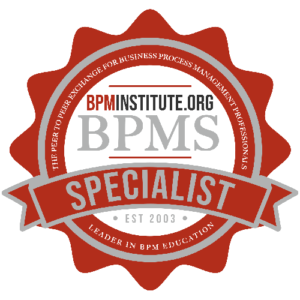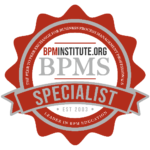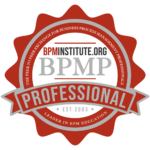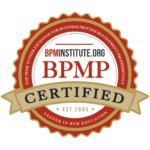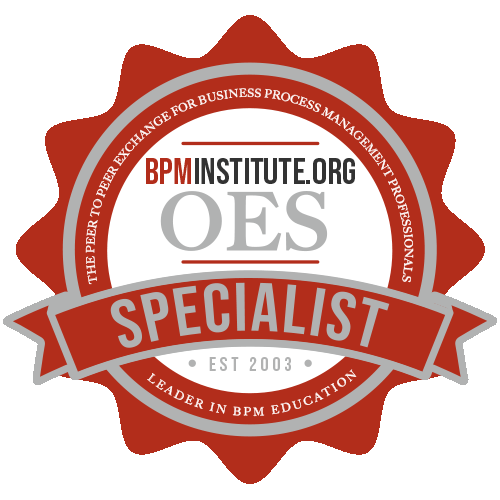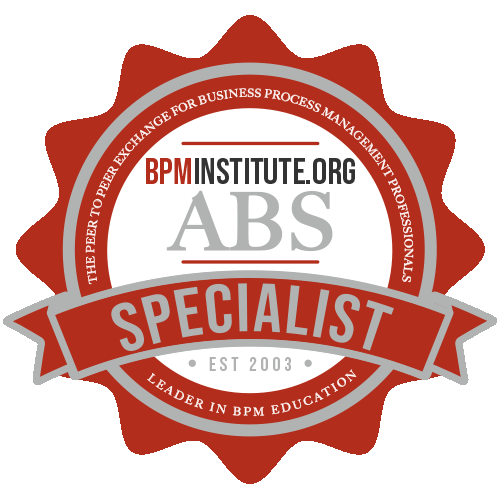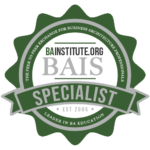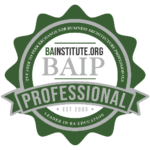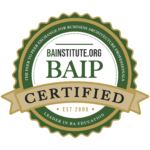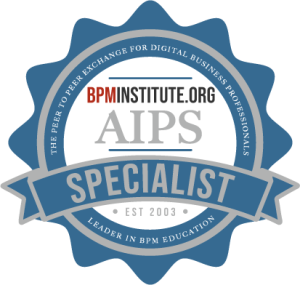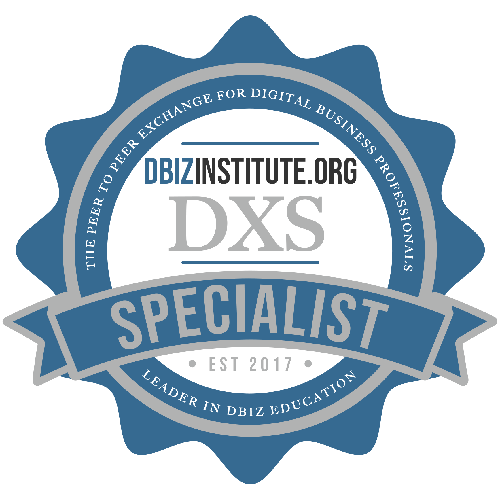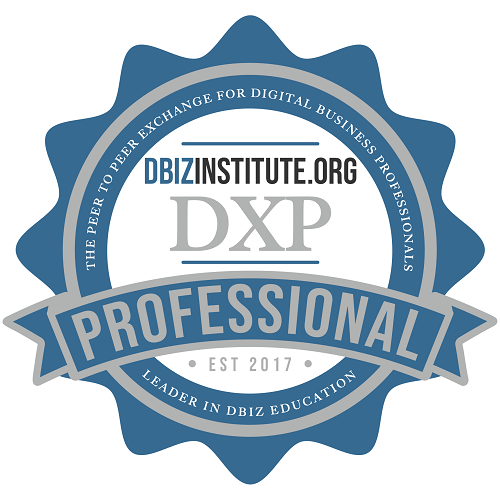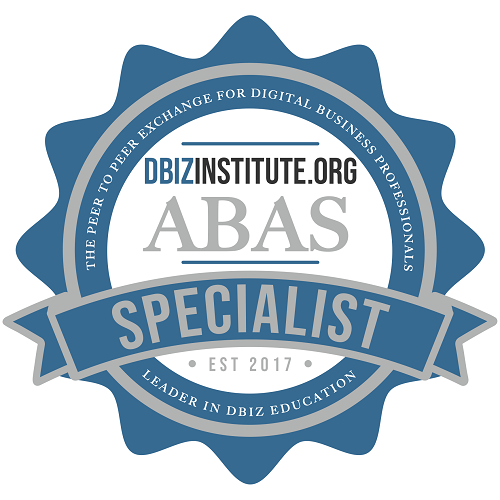Home / Resources
Resources
Discover a Wealth of BPM Knowledge and Expertise at BPMInstitute.org!

Insight and Ideas
Almost everyone is familiar with the famous Edison quote: “Genius is 1 percent inspiration and 99 percent perspiration”. To know much about Edison’s life, is to know that was certainly true for him – and many other creative individuals when you take the time to learn how they worked. Yet, there is still a strong sense among many that great ideas come to the gifted in the way lightning strikes, unpredicted and unexpected.
Insights as Idea Sources
In my experience, great ideas more likely come from great insight.
Business Architecture: Coming of Age
What is business architecture? If you ask ten business architects, you’re likely to get ten overlapping definitions clustered, to varying degrees, somewhere around the correct answer. But what is that answer?

SOA Watch: Don’t Let the Vendors Drive Your SOA
So, why are organizations looking towards their “comfort vendors” and “comfort technologies?” It’s a matter of path of least resistance and lack of education.
Path of least resistance because the relationship is already established, and you don’t have to go through the hassle of getting to know new players, or many new players.
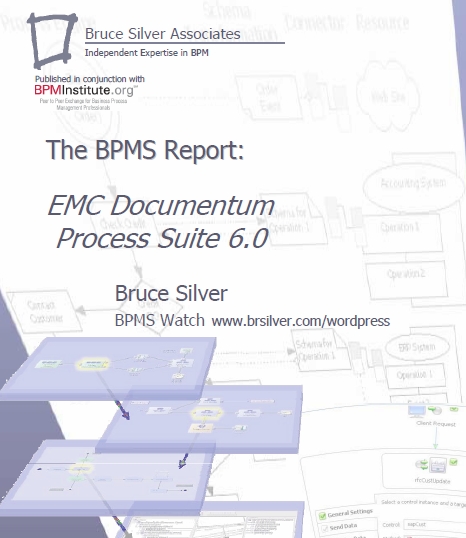
EMC Documentum Process Suite 6.0
EMC Corporation is a world leader in hardware, software, and services for information and storage management. The EMC Documentum Process Suite offering is part of the Documentum family of enterprise content management (ECM) software, and is tightly integrated with the Documentum Content Server and repository for its operation. While it can be applied to a broad class of process solutions, the primary focus is on transactional content management (TCM). Transactional content typically originates outside of the organization and drives internal back- office transactions such as invoice processing, loan origination, claims and case management.

BPMS Watch: Ten Tips for Effective Process Modeling
The BPMN specification presents lots of technical definitions and rules, but it does not teach you how to create process models that are effective in their primary mission – maximizing shared understanding of the as-is or to-be process. To do process modeling effectively, you need to go beyond the spec and learn a basic methodology, best practices, and specific diagram patterns to use in common situations. To illustrate the point, here are ten tips for effective modeling in BPMN.

The Secret Weapons That Lean Provides for BPM
Ever notice that executives can call attention to a problem but they don’t know what it takes to get it fixed? In contrast, workers have lots of ideas of how to fix things, but they don’t have the authority to get improvements made. And conversations between the two groups are too constrained or conflicted to drive corrective action. To make matters worse, neither group seems to know the whole process and be able to determine how changing one part might impact another. In short, we have trouble finding both the forest and the trees.

Realizing the Strategic Promise of SOA Requires Master Data Management
Service-Oriented Architecture (SOA) represents a more flexible approach to building IT solutions. Combining SOA with other complementary technologies and approaches further enhances the ability to build more agile solutions. These solutions are easier to change, provide improved access to time-critical information and are more aware of – and responsive to – business events throughout the value chain.
ERP, Old IT and the Rise of Something New
Complex and proprietary ERP systems symbolize the final evolution of “Old IT”. They are the embodiment of a frame of mind that is inherent in the culture of the industrial economy and its great invention – the assembly line. That mindset attempts to organize every activity down to the lowest levels of detail. It makes rules and regulations for everything and then tries to run each activity over and over, faster and faster without changing anything. This is how you get greater and greater productivity at lower and lower costs; this is what we call efficiency.

Business Architecture 2008: Standards, Frameworks and Governance
Business architecture is poised to make significant inroads this year. While business architecture emerged as a distinct area of focus in 2006 and matured during 2007, it is poised for a big year in 2008. A number of factors are beginning to converge that will make 2008 a turning point for this essential discipline including a new focus on standards, convergence of frameworks and solidification of the role of business architecture in enterprise governance.

Strategic Decisions
In these pages over the last year we have focused on the business value of separating Business Rules from Business Process, and using Business Decisions as both organizing principal for those Business Rules, and as a means of managing the rules. The value of the Business Decision Management (BDM) approach is multifold, as the Business Decision is the natural means of connecting Business Rules to Business Process in a BPM environment.

BPMS Watch: New Hope for BPMN Portability
I have long railed against OMG’s inexcusable omission of even minimal support for model portability in the BPMN standard. In the forever-stuck-in-final-edit version 1.1, they still haven’t even provided an XML storage format, or serialization, for BPMN, much less a list of the elements and attributes that any “compliant” tool must support. Yet in my BPMN training, students simply assume such portability exists.

SOA Watch: How Mashups fit with SOA
With the advent of rich internet applications and extensible interfaces such as AJAX, we now have the ability to quickly create mashups to solve specific business problems using standard dynamic interfaces that front services. Mashups provide powerful ways to take existing applications and services, and create something even more useful for business.
We could say that the lines between the enterprise and the Web are blurring…first blurred at the content or information levels with the early mashups, and now at the service and process levels as well.
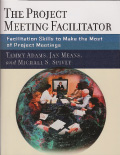
The Project Meeting Facilitator
Facilitation Skills to Make the Most of Project Meetings
HAVE YOU EVER BEEN INVOLVED in a project that didn’t require a meeting? Neither have we. Project meetings provide a forum for exchanging information, coming up with new ideas or alternatives, making decisions, validating work products, or just learning how to work better together. They can occur on a regular basis or on the spur of the moment. They may involve two people or thirty. But regardless, project meetings are intended to achieve results. And most times you, the project manager, are expected to make it happen – whether you’ve had facilitation experience or not. So in Section One, we’ll give you some guidelines, insights, tool, and techniques to help you make any meeting you lead more productive.
There are always more project meetings than time. Wouldn’t it be nice if you could maximize your effort by…
You Should Plan to Fail
Service Oriented Architecture is one thing; creating a high-scale – and resilient – SOA is something else altogether. Let’s examine several approaches to high-scale SOA computing.

Realizing the Strategic Promise of SOA Requires SOA Governance
Recent tactical success in the utilization of Web services has brought renewed attention to the timing for a strategic commitment to Service Oriented Architectures (SOA). Early adopters have been investing in SOA for the past five years but now the development of more rigorous methodologies and technologies, and the maturing of standards, are making SOA accessible to everyone.

BPM – A Cure for Institutional Memory Loss
Across the federal government, large numbers of baby boomers are reaching the age of retirement. In 2006, more than 60,000 people left the civil service. The federal Office of Personnel Management believes that 2009 will be the peak year for boomer retirements. What can federal agencies do now, to stop this massive loss of institutional knowledge?
Stepped-up recruiting and staffing efforts will help a little, as will additional emphasis on outsourcing.
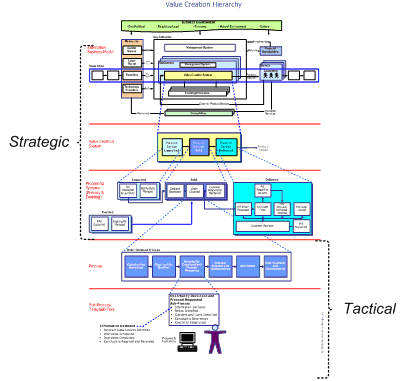
The Grail: Strategic Process Work
The notion of process is of utmost value to organizations, but the reality has often fallen short. The power of process is potentially far more powerful than today’s fragmented practices. With the right approach, however, process can have even more impact on organizational results than it did in the eighties and nineties. More specifically, process is the key to designing and operating organizations to deliver unique, sustained value.
So what is happening today?
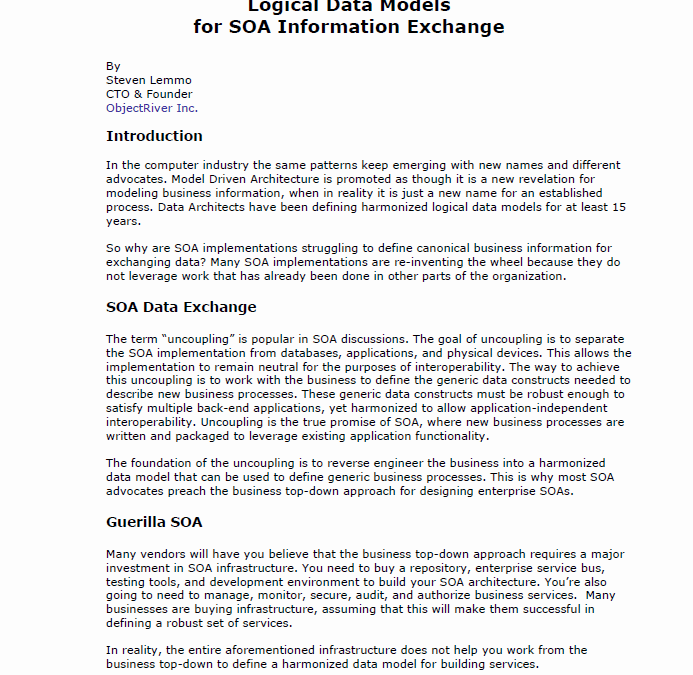
Logical Data Models for SOA Information Exchange
In the computer industry the same patterns keep emerging with new names and different advocates. Model Driven Architecture is promoted as though it is a new revelation for modeling business information, when in reality it is just a new name for an established process. Data Architects have been defining harmonized logical data models for at least 15 years.

BPMS Watch: Roundtripping Revisited
In the early days of BPM – four or five years ago – everyone thought BPEL was the BPM standard, at least for runtime execution. Not long after, the importance of business-friendly process modeling came to the fore, and BPMN emerged as the standard for that. The mismatch between graph-oriented BPMN models, where you can route the flow just about anywhere, and block-oriented BPEL, where you can’t, didn’t seem to worry BPM vendors. After all, a model was just a model, a business requirements document in diagrammatic form.

Achieving Business Agility
Often, competitive environments change faster than a firm’s responding processes and decision making abilities. Most organizations fail at executing strategies designed to improve their position in the market.
